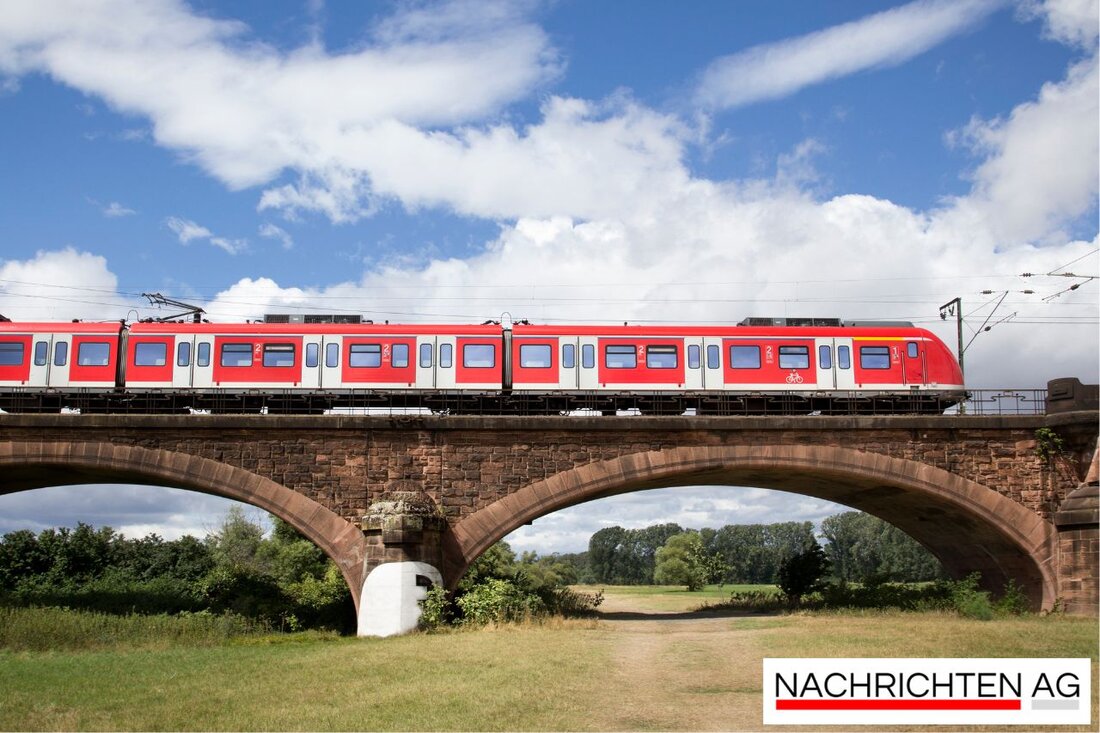Revolution in local transport: AI improves S-Bahn utilization in Hamburg!
Revolution in local transport: AI improves S-Bahn utilization in Hamburg!
Deutsche Bahn has announced that it can use artificial intelligence to improve forecasts about the utilization of S-Bahn. This innovation was presented in a message from the Hamburg S-Bahn, which aims to significantly improve the passenger information. In most S-Bahn stations in Hamburg and at several stations in Berlin, innovative light barriers are used for this.
The current implementation of AI technology is initially a test project in Berlin, while in Hamburg there are already over 140 light sensors to record the passenger numbers. These innovative measurement data are compared with the calculations of artificial intelligence in order to achieve a forecast accuracy of over 90 percent, as Julia Kuhfuß, head of "DB Lightgate". Passengers will be informed promptly about the occupancy of the entrance trains.
optimization of passenger information
In particular, the S-Bahn Hamburg is pursuing the goal of recognizing free places with the DB Lightgate system through real-time forecasts for the utilization of the trains. This information is displayed five stations before entering the train into the train station. The utilization is communicated by a color code: green signals a lot of space, yellow an average occupancy and red indicates a little space. These measures offer passengers a way to dynamically adjust their travel plans.
While artificial intelligence is already being used in Hamburg, the systems in Berlin are currently being tested and not yet implemented to improve the database, according to a spokesman for the S-Bahn Berlin. At the platforms in Berlin, passengers will have the occupancy rate, which means that they can decide in good time whether they want to get on a train or wait for the next.
artificial intelligence in public transport
The application of artificial intelligence in public transport goes beyond the S-Bahn. Systems such as mobile guides offer passengers reliable information about the loading of buses and trains in real time. This enables users to choose less tired connections and thus avoid waiting times and overcrowded vehicles.
The technical challenge is to create a well -founded database to determine the occupancy rate. MobileGuide uses a variety of technologies, including algorithms and alternative data sources such as WLAN and Bluetooth signals from smartphones. The current utilization is determined by counts of the incoming and deploying passengers and linked to timetable data, which guarantees a high level of reliability in information provision.
The new technology could not only improve the user experience in public transport, but also help to make the utilization more evenly by encouraging passengers to adapt their travel plans accordingly.
In summary, it can be said that the S-Bahn Hamburg and Deutsche Bahn actively work to improve the forecasts for the utilization of S-Bahn through the use of artificial intelligence and to offer passengers a more pleasant travel experience. These developments are part of a larger trend that is supposed to modernize local public transport.Similar progress worldwide show the increasing interest and investments in technological solutions in order to make public transport more efficient and user -friendly.
| Details | |
|---|---|
| Ort | Hamburg, Deutschland |
| Quellen | |


Kommentare (0)